Subtotal: ৳ 570.00
Amlocard | 10 mg | Tablet | 14 pcs
৳ 98.70
Brand Name: Amlocard Tablet
Generic: Amlodipine
10 mg
Manufacturer: Drug International Ltd.
Unit Price: ৳ 7.05 (4 x 14: ৳ 394.80)
Strip Price: ৳ 98.70
Indications
Therapeutic Class
Pharmacology
Amlodipine is a long-acting calcium channel blocker that inhibits the transmembrane influx of calcium ions into vascular smooth muscle and cardiac muscle. Thus it causes reduction in peripheral vascular resistance and contractile process in cardiac muscle and reduces blood pressure.
The mechanism of the antihypertensive action is due to a direct relaxant effect on vascular smooth muscle. The precise mechanism by which amlodipine relieves angina has not been fully determined but Amlodipine reduces total ischemic burden by the following two actions:
- Amlodipine dilates peripheral arterioles and thus, reduces the total peripheral resistance (after load) against which the heart works. Since the heart rate remains stable, this unloading of the heart reduces myocardial energy consumption and oxygen requirements.
- The mechanism of action of Amlodipine also probably involves dilatation of the main coronary arteries and coronary arterioles, both in normal and ischemic regions. This dilation increases myocardial oxygen delivery in patients with coronary artery spasm (prinzmetals or variant angina).
Dosage & Administration
Adult: Starting dose 5 mg once daily with maximum dose 10 mg once daily.
Pediatric: Starting dose 2.5 mg to 5 mg once daily.
Small, Fragile and Elderly patients or patients with hepatic insufficiency: Starting dose 2.5 mg once daily.
Interaction
Contraindications
Side Effects
Pregnancy & Lactation
Precautions & Warnings
Use in Special Populations
Children with hypertension from 6 years to 17 years of age: 2.5 mg once daily as a starting dose, up-titrated to 5 mg once daily if blood pressure goal is not achieved after 4 weeks. Doses in excess of 5 mg daily have not been studied in pediatric patients.
Children under 6 years old: The effect of amlodipine on blood pressure in patients less than 6 years of age is not known.
Elderly: Amlodipine used at similar doses in elderly or younger patients is equally well tolerated. Normal dosage regimens are recommended in the elderly, but increase of the dosage should take place with care.
Renal impairment: Changes in amlodipine plasma concentrations are not correlated with degree of renal impairment, therefore the normal dosage is recommended. Amlodipine is not dialysable.
Hepatic impairment: Dosage recommendations have not been established in patients with mild to moderate hepatic impairment; therefore dose selection should be cautions and should start at the lower end of the dosing range. The pharmacokinetics of Amlodipine have not been studied in severe hepatic impairment. Amlodipine should be initiated at the lowest dose (2.5 mg once daily) and titrated slowly in patients with severe hepatic impairment.
Overdose Effects
In humans, experience with intentional overdose is limited.
Symptoms: Available data suggest that large overdosage could result in excessive peripheral vasodilatation and possibly reflex tachycardia. Marked and probably prolonged systemic hypotension up to and including shock with fatal outcome have been reported.
Management: Clinically significant hypotension due to amlodipine overdosage calls for active cardiovascular support including frequent monitoring of cardiac and respiratory function, elevation of extremities, and attention to circulating fluid volume and urine output.
A vasoconstrictor may be helpful in restoring vascular tone and blood pressure, provided that there is no contraindication to its use. Intravenous calcium gluconate may be beneficial in reversing the effects of calcium channel blockade. Gastric lavage may be worthwhile in some cases. In healthy volunteers the use of charcoal up to 2 hours after administration of amlodipine 10 mg has been shown to reduce the absorption rate of amlodipine. Since amlodipine is highly protein-bound, dialysis is not likely to be of benefit.
Storage Conditions
| Generic Name | Amlodipine |
|---|---|
| Size | 10 mg |
Only logged in customers who have purchased this product may leave a review.

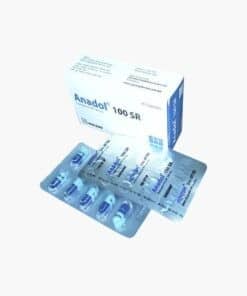




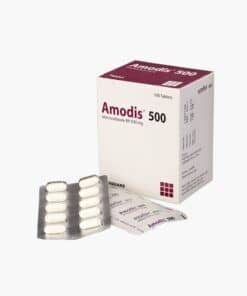
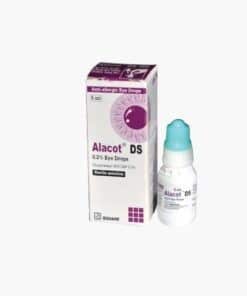
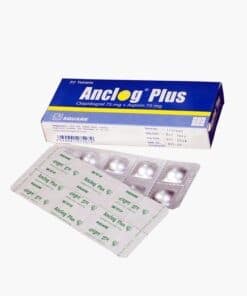
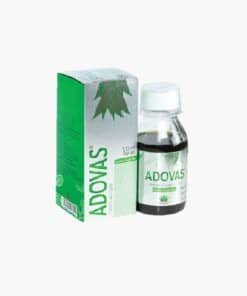
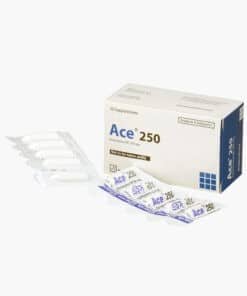
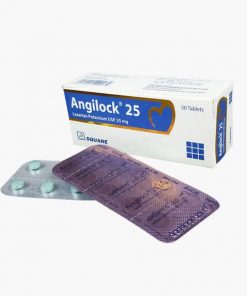

Reviews
There are no reviews yet.